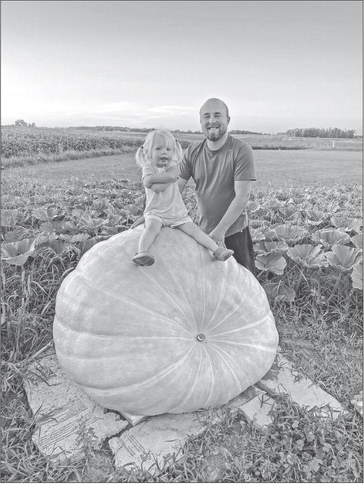Lone Pumpkin on the


Vine
Farmers with Central Wisconsin ties grow giant pumpkins
By Neal Hogden Fall is in the air and with it comes everyt...


Vine
Farmers with Central Wisconsin ties grow giant pumpkins
By Neal Hogden Fall is in the air and with it comes everyt...